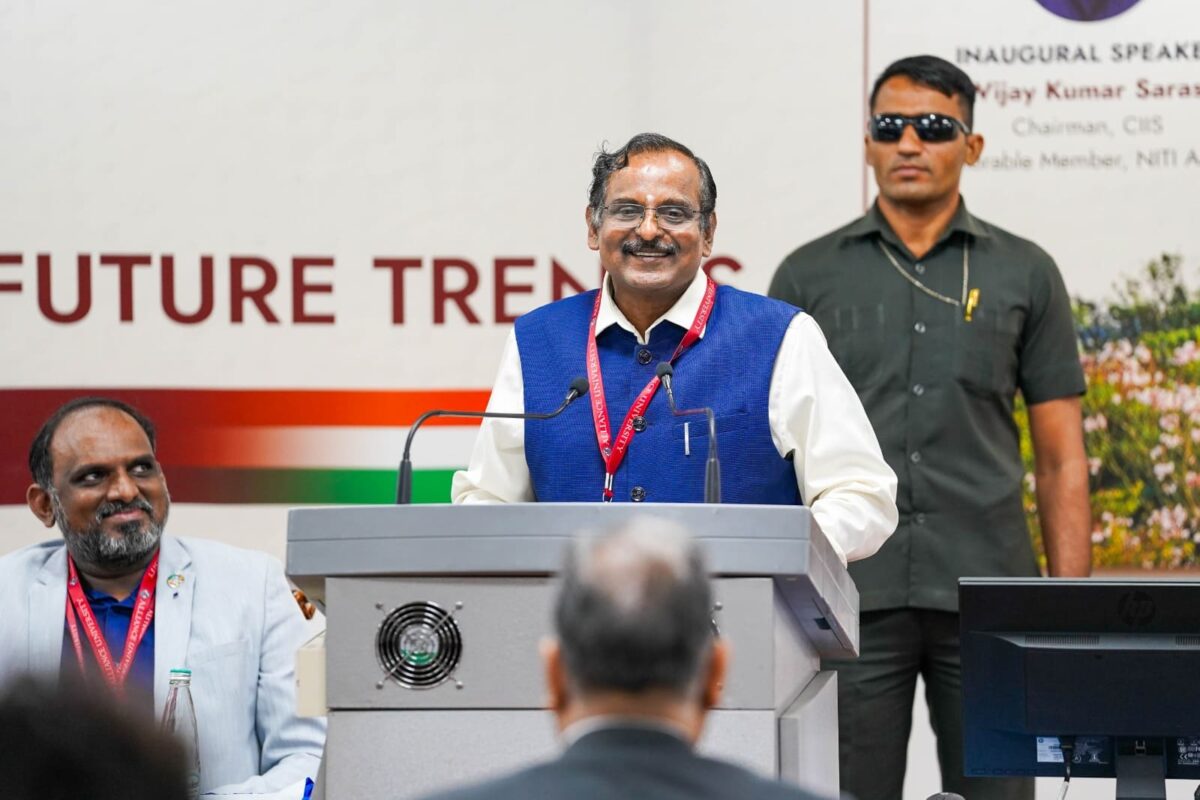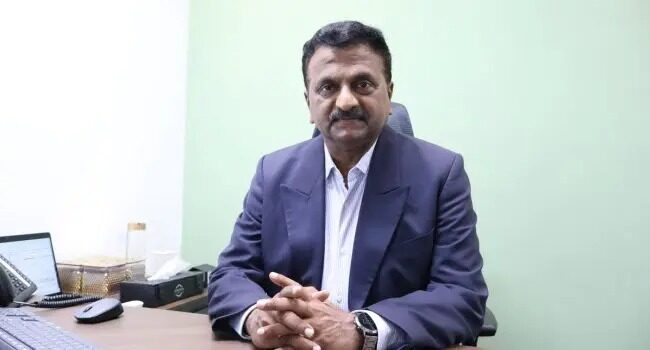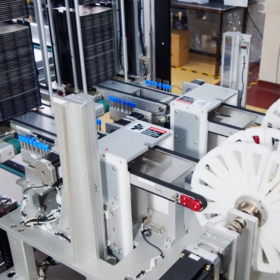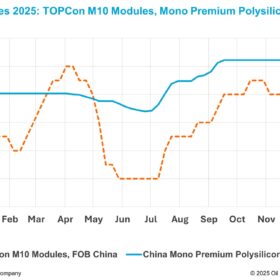Hydrogen is set to play a transformative role in India’s space missions, transportation, and clean energy future, said Dr. V. Narayanan, Chairman, ISRO, at a National Workshop on “Hydrogen Fuel Technologies and Future Trends” held at Alliance University, Bengaluru, in association with Indian Institute of Science. The workshop highlighted the applications of hydrogen in engines and turbines, recent technological advances, and the challenges and opportunities for integrating hydrogen into India’s energy landscape.
Highlighting India’s advancements in hydrogen technology, Dr. V. Narayanan, Chairman, ISRO, said: “Hydrogen is one of the greenest and cleanest fuels available to us. It remains key in many of our breakthroughs at ISRO. In January, India successfully launched the GSLV Mk III rocket, marking its 100th successful mission. It was powered by a cryogenic stage using liquid hydrogen and liquid oxygen, a technology once denied to India but now mastered by the country. Last year, we demonstrated a 100-watt oxygen-based fuel cell in space, with a 20-kilowatt version under testing.”
He added: “Beyond rockets, hydrogen has applications in aircraft, trains, automobiles, and fuel cells. In 2010–11, ISRO and Tata Motors collaborated to build a hydrogen fuel cell-powered bus, which was safely tested despite concerns, proving our confidence in the technology. In June 2025, five hydrogen-powered buses began commercial operations. Companies like BHEL and NTPC are now working on hydrogen systems and gas turbine engines.”
Dr. V. Narayanan cautioned that hydrogen flames are colourless and dangerous. “We must never ignore the safety risks: with vast hydrogen facilities, the scale of potential danger is real. This highlights the urgent need for better hydrogen sensors, moving from current 3 to 4 second response times to millisecond-level detection.”
Abhay G. Chebbi, Pro-Chancellor, Alliance University, said, “Hydrogen is rapidly emerging as a clean, efficient, and versatile energy carrier, capturing global attention for its transformative potential in powering a sustainable future. With zero carbon emissions at the point of use, hydrogen fuel offers a promising pathway to decarbonize critical sectors and advance sustainability objectives.”
Dr. N. Kalaiselvi, DG CSIR, highlighted the importance of hydrogen research and innovation for India’s global competitiveness. “India must focus on production, storage, and application technologies to lead the world. Achieving breakthroughs in sensors, electrolyzers, and fuel cells will place Indian science at the forefront globally,” she said.
Dr. Vijay Kumar Saraswat, Chairman, CIIS and Hon. Member, NITI Aayog, said: “India must accelerate its journey towards a hydrogen economy if we are to achieve our net-zero ambitions. Hydrogen offers immense potential across mobility, industrial heating, and energy generation. Methanol can serve as an effective hydrogen carrier to overcome storage challenges. While we have demonstrated capability in producing methanol and hydrogen from high-ash coal gasification, critical gaps remain in electrolyzers, storage systems, compressors, and fuel cells—areas where India is still dependent on global suppliers.”
Japanese researchers developed a solid hydrogen battery that operates at 90 °C, achieving reversible hydrogen gas absorption and release. The battery, with magnesium hydride (MgH2) as the anode and hydrogen (H2) gas as the cathode, uses a solid electrolyte, Ba0.5Ca0.35Na0.15H1.85, which can transport hydrogen ions. “This material has an anti-α-AgI-type crystal structure, well known for its superionic conductivity. In this structure, barium, calcium, and sodium occupy body-centered positions, while H– move through face-sharing tetrahedral and octahedral sites, allowing them to migrate freely,” said the Institute of Science Tokyo. During charging, MgH2 releases H–, which migrate through the Ba0.5Ca0.35Na0.15H1.85 electrolyte to the H2 electrode, where they are oxidized to release H2 gas. During discharging, the reverse occurs: H2 gas at the cathode is reduced to H–, which move through the electrolyte to the anode and react with Mg to form MgH2. According to the researchers, the battery overcomes the high-temperature and low-capacity limits of earlier methods. The paper “High-capacity, reversible hydrogen storage using H–-conducting solid electrolytes” was published on Science.
Researchers at Chung-Ang University proposed chloride-resistant ruthenium (Ru)-based nanocatalysts for direct electrolysis and hydrogen production from seawater. “The crystalline/amorphous Ru heterostructure exhibits 37× higher activity than commercial Pt catalysts in alkaline water electrolysis, enabling cost-effective hydrogen generation,” said the South Korean researchers. The team led by Haeseong Jang employed a g-C3N4-mediated pyrolysis strategy to synthesize nitrogen-doped carbon-supported Ru nanoclusters with a crystalline–amorphous heterostructure (a/c-Ru@NC). g-C3N4 serves as both a nitrogen source and a scaffold that anchors Ru³⁺ ions through N-coordination sites. “During pyrolysis, reductive gases released from g-C3N4 reduce Ru³⁺ in situ to metallic Ru nanoparticles, while Ru–N bonding disrupts atomic order in the core, forming an amorphous Ru phase.”
Elcogen officially opened its solid oxide fuel cell (SOFC) factory on the outskirts of Tallinn, Estonia. The 14,000 m² facility increases Elcogen’s available production capacity from 10 MW to 360 MW. “Elcogen’s components – cells, stacks and modules – are integrated into third-party systems for a wide range of applications including distributed energy, off-grid and stationary power, industrial backup, green hydrogen production, and Power-to-X solutions,” said the Estonian company.
The Electricity Generating Authority of Thailand (EGAT) and Chulalongkorn University signed a research fund agreement to research hydrogen production from renewable energy. “The collaboration aims to promote development focused on the environment, society, and governance guided by international standards, while also translating the principles into practical applications,” said the Thai authority.
August Weckermann commissioned a new hydrogen plant at its Eisenbach site, Germany, based on a 300 kW electrolysis plant, hydrogen storage with a total capacity of 1.4 tonnes, and a fuel cell with an electrical output of up to 200 kW. The plant is part of a system also based on photovoltaics, and a redox flow battery with a storage capacity of 3,000 kWh. “The goal is to achieve a degree of self-sufficiency of up to 85 percent”, said Bernard Gruppe, the German company commissioned with the process engineering planning, in an emailed press release.
This content is protected by copyright and may not be reused. If you want to cooperate with us and would like to reuse some of our content, please contact: editors@pv-magazine.com.









By submitting this form you agree to pv magazine using your data for the purposes of publishing your comment.
Your personal data will only be disclosed or otherwise transmitted to third parties for the purposes of spam filtering or if this is necessary for technical maintenance of the website. Any other transfer to third parties will not take place unless this is justified on the basis of applicable data protection regulations or if pv magazine is legally obliged to do so.
You may revoke this consent at any time with effect for the future, in which case your personal data will be deleted immediately. Otherwise, your data will be deleted if pv magazine has processed your request or the purpose of data storage is fulfilled.
Further information on data privacy can be found in our Data Protection Policy.